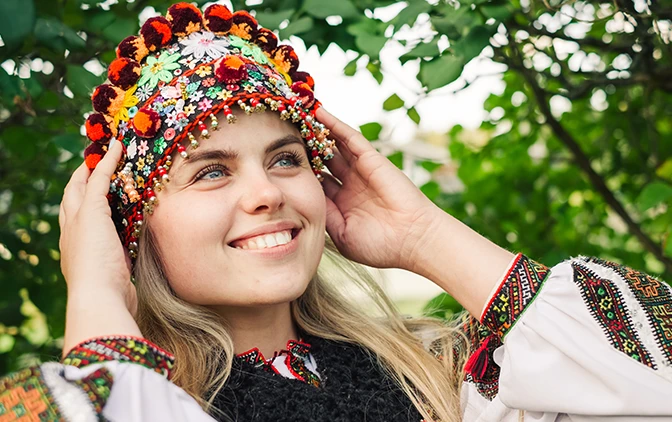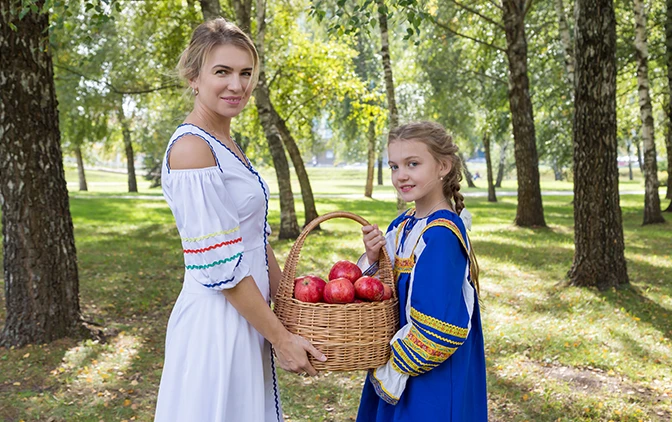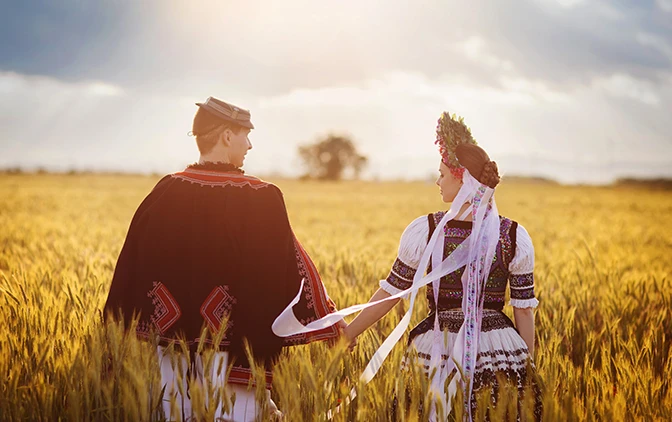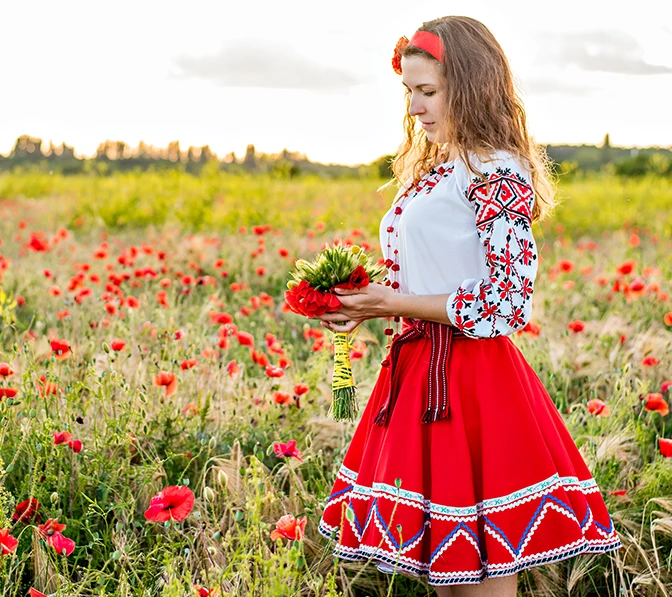Slavic People
Unlocking the Rich Tapestry of Slavic Identity: Beyond Borders and Stereotypes
Welcome to a journey through the vibrant and diverse world of the Slavic people. Contrary to common misconceptions, the term “Slavic” doesn’t tie itself to a specific nationality or country; instead, it encompasses a multitude of ethnicities and cultures.


Who Are the Slavs?
The Slavs are a linguistic and cultural group with historical roots dating back centuries. United by a common Indo-European language family, the Slavic people have evolved into three main branches: West Slavic, East Slavic, and South Slavic.
Linguistic Diversity: Beyond Russian Stereotypes
While Russian is one of the most widely spoken Slavic languages, the Slavic linguistic family extends far beyond Russia. The West Slavic branch includes countries like Poland, the Czech Republic, and Slovakia. Similarly, Ukraine, Belarus, and Russia are part of the East Slavic group, highlighting linguistic connections while acknowledging the uniqueness of each nation.


Geographical Spread of Slavic Influence
The Slavic countries are a group of nations primarily located in Central, Eastern, and Southeastern Europe, as well as parts of Northern Asia. The Slavic people share linguistic, historical, and cultural ties, and they are often classified into three main groups: West Slavic, East Slavic, and South Slavic. Here is a list of countries with a significant Slavic population or influence:
West Slavic Countries:
Poland
Czech Republic
Slovakia
Czech Republic
Slovakia
East Slavic Countries:
Ukraine
Belarus
Russia
Belarus
Russia
South Slavic Countries:
Serbia
Croatia
Slovenia
Bosnia and Herzegovina
North Macedonia
Montenegro
Bulgaria
Croatia
Slovenia
Bosnia and Herzegovina
North Macedonia
Montenegro
Bulgaria
Other Countries with Slavic Minorities or Influence:
Latvia
Lithuania
Estonia
Kazakhstan
Moldova
Lithuania
Estonia
Kazakhstan
Moldova
It’s important to note that while the countries listed above have a significant Slavic presence, they are often characterized by ethnic and linguistic diversity. The degree of Slavic influence may vary within different regions of these countries. Additionally, historical and geopolitical factors have played a role in shaping the cultural and linguistic landscape of these nations.
The Enduring Legacy of Slavic Contributions
Throughout history, the Slavic people have made significant contributions to various fields, including literature, music, art, and sciences. The works of famous Slavic authors like Fyodor Dostoevsky, Milan Kundera, and Wisława Szymborska resonate globally. Slavic traditions and folklore have left an indelible mark on the world’s cultural tapestry, enriching the global heritage.


Beyond National Borders: The Fluidity of Slavic Identity
Crucially, the Slavic identity transcends national borders, as evidenced by minority populations and communities in various countries. Regions like Silesia in Germany, where historical Slavic influences persist, and the Rusyn communities scattered across different countries, exemplify the fluidity of Slavic identity.
In conclusion, understanding the Slavic people requires appreciating the diversity within this ethnic group, acknowledging the uniqueness of each nation, and recognizing that the Slavs are not confined to a single country or stereotype. The tapestry of Slavic identity is woven with a multitude of languages, traditions, and histories, making it a vibrant and dynamic part of the cultural landscape across Europe and Asia.

